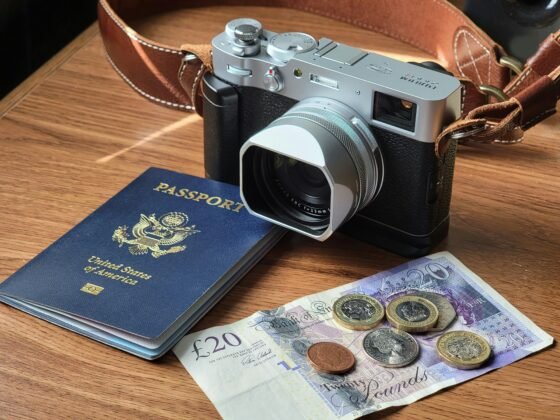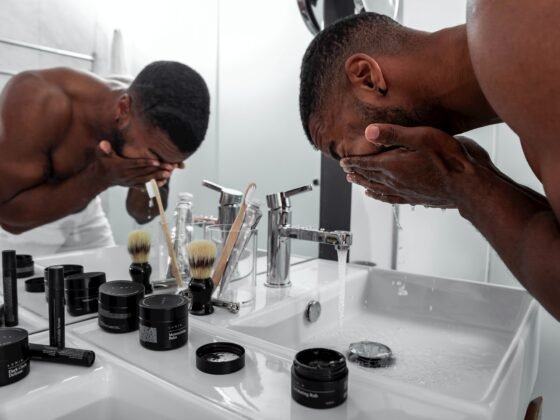
Are you planning to immerse yourself in fly fishing? If so, it’s worth noting that it can be a fantastic and fun sport. Also, you can make it your hobby during the summer. Besides giving you a chance to outsmart the fish, fly fishing allows you to get personal and close to nature’s peace and serenity.
Fly fishing can be tricky during the initial stages, and that’s why we are offering you all the basics, tools and knowledge to help you embark on this unique fishing expedition. So, keep on reading!
What is Fly Fishing?
It’s a method for catching fish whereby the fisherman places the bait that typically looks like a fly on the top of the water. In general, the method is intended to make the fish think there is an invertebrate or bug that has landed on top of the water. As you can see, this fishing method is relatively different from the traditional fishing technique, where the bait is cast out to catch the fish under the water.
An Overview of Fly Fishing Equipment
You have to make sure you have the essential basic fly fishing gear before fishing. While there is a lot of fly-fishing equipment in the market, and not all of it is necessary. Here are the basic fishing tools you need to get started:
Fly Rod & Fly Reel
Well, these are the two most essential tools you need to have. Keep in mind that a fly rod is available in different lengths and weights, and the type of fishing you will do determines the one that fits you most. All in all, consider acquiring a graphite-based fly rod.
Fly reels also vary widely. You’ll find some plastic fly reels on the market, but it would be helpful to stay away from them as they break easily, don’t perform quite well, and will not last for long. Due to this, please buy a metal fly reel.
Fly Line, Fly Backing, Leader and Tippet
The ordinary fishing technique contains only a single line that goes all the way to the hook from the rod. However, this isn’t the case when it comes to fly fishing due to the following reasons:
• There’s no attached weight at the end of the line. Indeed, the end line only contains an extremely light fly. Making a distance cast requires great skill (and timing( due to a lack of weight.
• Fly fishing entails placing the bait (fly) on top of the water without letting the fish recognize it’s attached to any object. Here is where you’ve to use a tippet and leader.
Fly line – it offers the required weight when fly fishing.
Fly Backing – it fills up the reel to give a longer length for an extra fish run. A backing is typically brightly colored and thick to make it easy to see it while dipped in the water.
Leader – it’s used for transitioning to the thin tippet from the fly line. Its main role is to ensure that the heavier fly line does not slap on the water surface and scare the fish.
Tippet – it links the fly to the leader. A tippet is almost invisible while in the water, making it unseen by the fish.
Flies
Now that we have discussed the fly fishing gear you need, it’s time to assess the required real bait. Generally, there are three common types of flies you can use as discussed below:
The Dry Flies – they’re the most common and are made to resemble flying insects that land and float on the top of the water.
Streamers – also known as lures, these are made to look like aquatic life.
Nymphs – these look like aquatic insects and typically float at or just below the water’s surface. See this nymph fly fishing guide here to get started.
Put all of this together and you’re ready to go fly fishing. It’s a great way to get out and travel your local area, and the world.












